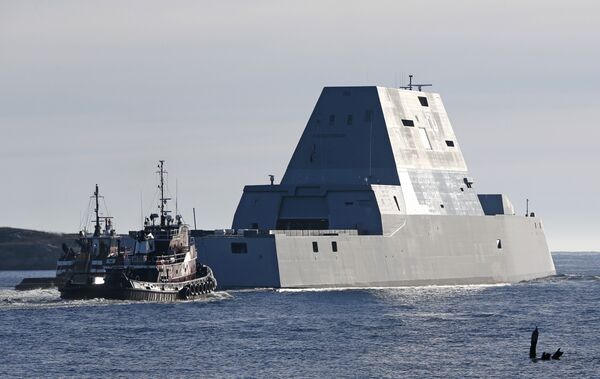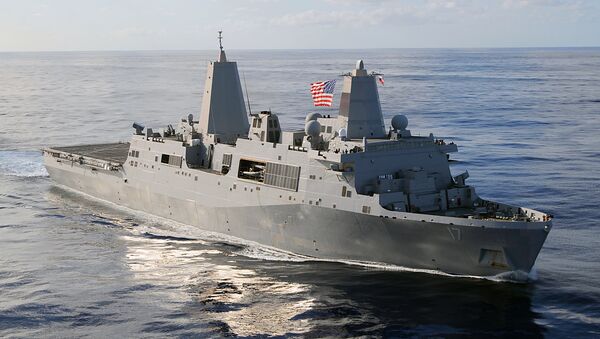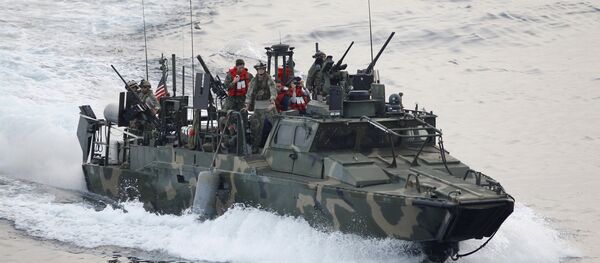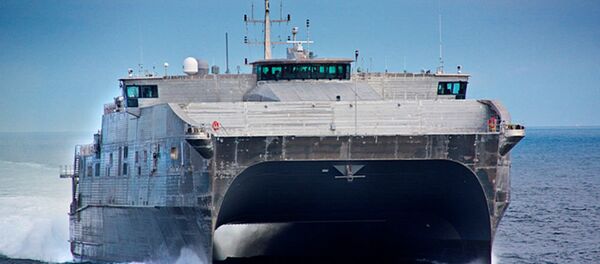Apparently, navy officials are already in talks with representatives of the shipbuilder Huntington Ingalls, and that the new vessel may "eventually be equipped with new radars, railguns and lasers."
As for the LPD-17, this massive 25,000-ton troop carrier has technical characteristics which are fully in line with a new mission, according to Majumdar.

He quoted industry officials as saying that "deleting the ship's well deck would greatly add to the vessel's weight and stability margins, which, in turn, would allow the LPD-17 hull form to accommodate the enormous weight of a next generation ballistic missile defense radar."
Majumdar explained that this radar would provide much greater coverage compared to the current SPY-1 radars installed on board the Aegis warships or the Advanced Missile Defense Radar planned for the DDG-51 Flight III destroyers.
"Closing the well deck would free up space to host many more missile tubes than would be possible on a destroyer or cruiser. Some sources suggest that an LPD hull might be able to double the missile capacity of an Aegis cruiser," Majumdar said.
He added that building a missile defense ship out of the LPD-17 hull form is not a new idea even though this was the first time that industry officials confirmed that they had discussed the matter with US Navy officials.
"With its massive hull, the ship could be used for everything from humanitarian and disaster relief, to command and control, to hosting special operations forces in addition to having the firepower of a major surface combatant," he pointed out.
He concluded by saying that if completed, the project may become the biggest surface warship that was built for the US Navy since World War II.




